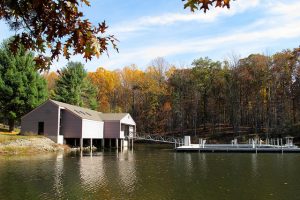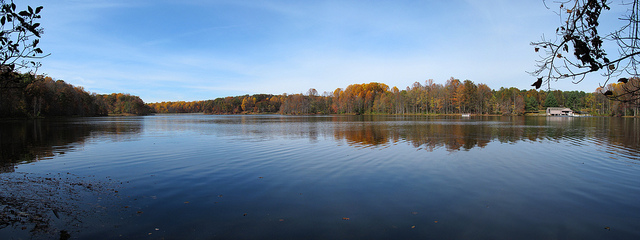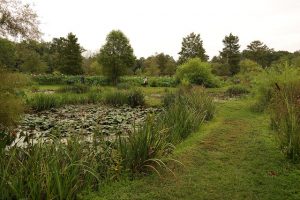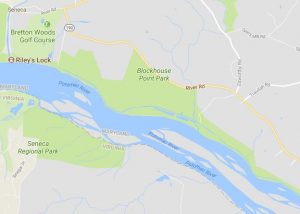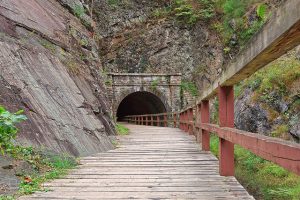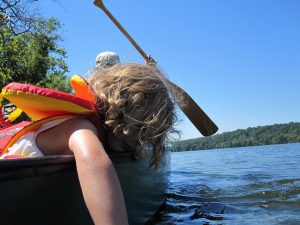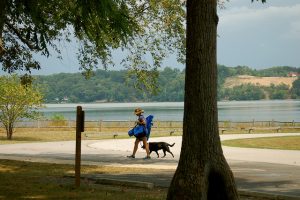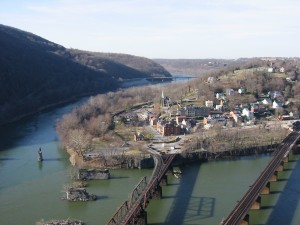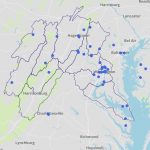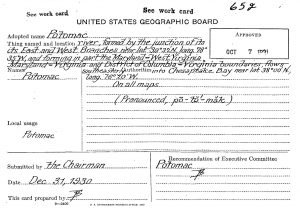Seneca Creek State Park
About the Basin, July 21
The Seneca Creek State Park runs the length of Seneca Creek from Route 355 until it empties into the Potomac River. It is unique gem in Montgomery County, Maryland. At 6,300-acres, the park covers a lot of ground, allowing for a wide variety of recreational opportunities.
Many of the park activities are centered around a 90-acre body of water called Clopper Lake. Boat rentals, picnic pavilions, playgrounds, and trails surround the lake. Hiking, biking, kayaking, boating (electric motors only), fishing, and hunting are popular activities. A 32-acre Disc Golf course at the park has 36 holes and positive reviews online.
For those brave enough, the Seneca Creek Greenway Trail runs 16.5-miles from the northeastern edge of the park to the southwestern edge, where Seneca Creek meets the Potomac River. There are plenty of other trails for the less intrepid, including the 3.4-mile Lake Shore Trail that takes you around the lake. Schaeffer Farm Area is especially popular with mountain bikers. An online trail map provides trail options and parking lot locations.
Historical features of the park include the Seneca Schoolhouse, a one-room historic schoolhouse built in 1865 of red Seneca Sandstone. The Black Rock Mill, an old mill, has some mill equipment on display.
The park has a popular winter lights display that opens Thanksgiving weekend where you can take your family on a slow 3.5-mile drive through 350 holiday light displays.
Park staff has a packed calendar of fun activities this summer, including pontoon boat rides, fishing lessons, nature walks, and a kid’s program called “Nature Shack”. Kayaks and canoes are available for rent ($28-40/4 hours) from the boat center. You can also join the outdoor store, REI, on July 29, 2017 for their Learn to Kayak Class ($70) for a perfect excuse to spend some time on the water and learn a new skill.


